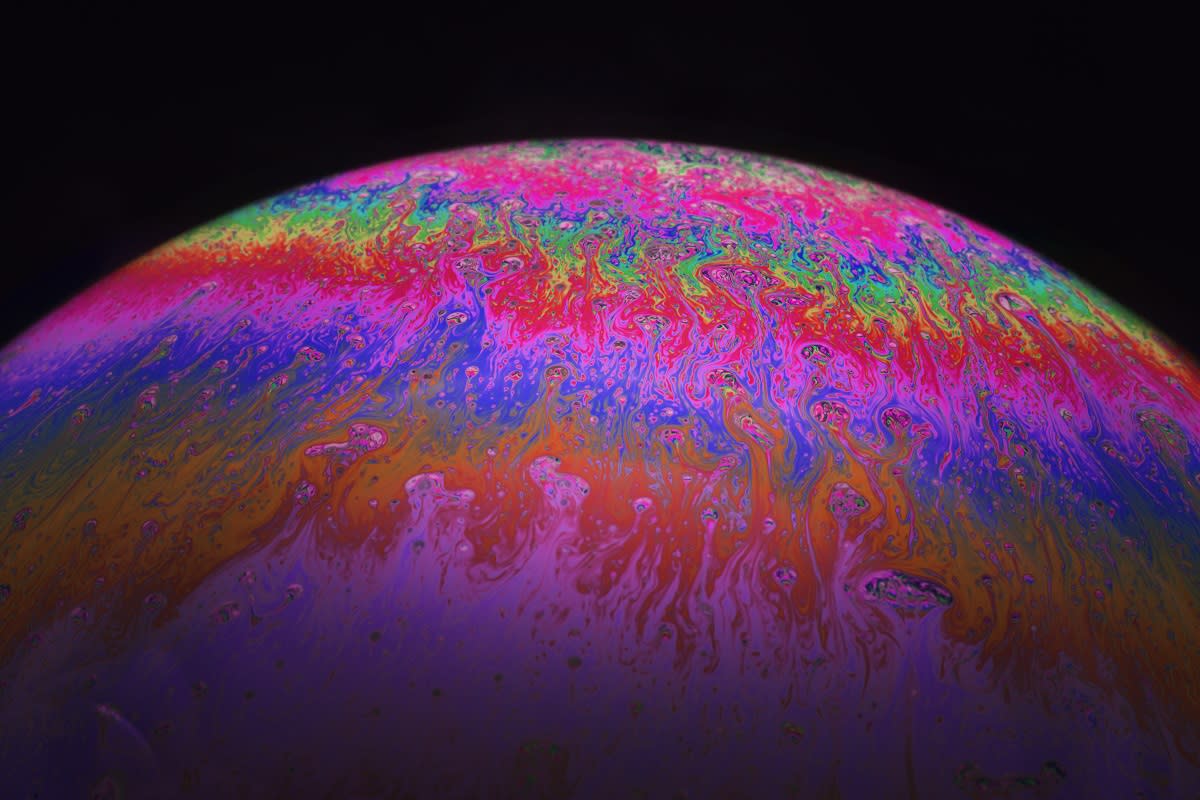James Webb Snaps Image of Planet in Neighboring Star System

Dwarfed
The James Webb Space Telescope has captured images of a giant nearby planet, the surface of which is literally freezing.
In a statement about the incredible snap, the Max Planck Institute for Astronomy in Germany explained that the exoplanet, named Epsilon Indi Ab for the red dwarf star system it was found in, is located a mere 12 light-years away — which, despite being tens of trillions of miles from our Earth, is incredibly close on a galactic scale.
Classified as a "super-Jupiter," this huge exoplanet has a surface temperature of just 32 degrees Fahrenheit and is the same diameter as our Solar System's Jupiter, but far denser at six times its mass. It takes around 200 years to orbit the red dwarf star that acts as its Sun — but despite having identified a gas giant within Epsilon Indi before the Webb Telescope was launched, researchers weren't quite able to crack its exact location until recently.
Hide and Seek
Already an imprecise art, identifying planets whose climates differ this much from ours is already difficult — but in the case of imaging this exoplanet, things were even stranger.
As Max Planck researcher Elisabeth Matthews explained in the institute's press release, scientists pointed the powerful telescope's Mid-Infrared Instrument (MIRI) at Epsilon Indi to try to learn more about gas giants. What they found when they pointed the sensitive instrument at this one, however, was unexpected.
"To our surprise, the bright spot that appeared in our MIRI images did not match the position we were expecting for the planet," Matthews said. "Previous studies had correctly identified a planet in this system but underestimated this super-Jupiter gas giant’s mass and orbital separation."
@NASAWebb has snapped a shot of the coldest, most Jupiter-like exoplanet.
The planet, called Epsilon Indi Ab, lies about 12 light-years away from Earth 🌍 pic.twitter.com/mBlaJugY1X— Ishmal Khan (@iishmalkhan) July 24, 2024
Cold Ones
As the press release notes, Epsilon Indi Ab is the first exoplanet the JWST has imaged that hadn't been captured from the ground beforehand, and is the coldest studied by the telescope by far.
In the past, most other cold gas giants have only been inferred indirectly by measuring their orbit velocities. As such, the direct infrared imaging of Epsilon Indi Ab marks yet another achievement for the Webb Telescope.
Looking forward, Matthews said that astronomers plan to use the telescope's high-tech infrared instruments to look for other cold gas giants that "may have escaped detection" as we learn more and more about how these mysterious and massive planets evolve.
More on the JWST: James Webb Space Telescope Uncovers Most Distant Galaxy Ever Observed

